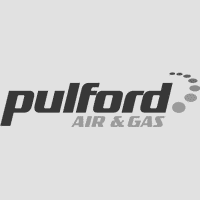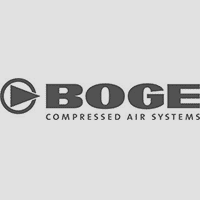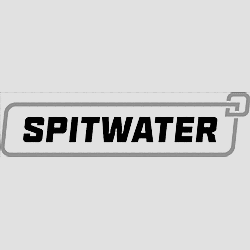What Size Air Compressor Do I Need?
Friday, April 5th, 2024Choosing the right size air compressor is a frequently overlooked step that can lead to underpowered tools or unnecessary expenditure. If you’ve ever found yourself asking, ‘What size air compressor do I need?’ you’re about to discover that the answer involves more than just opting for the largest or most powerful model. In this guide, we’ll walk you through the essentials of air compressor sizes, ensuring you pick the one that aligns perfectly with your requirements.
Understanding Air Compressor Sizes
Air compressors come in a variety of sizes, each designed to meet specific demands. The size of an air compressor is typically measured in two key metrics: CFM (cubic feet per minute) and PSI (pounds per square inch). CFM refers to the volume of air the compressor can produce at a given PSI level, which is crucial for determining how well it can operate your tools. A higher CFM rating means the compressor can supply more air, making it suitable for heavier-duty tasks.
However, it’s not just about CFM and PSI. The physical size and tank capacity of the compressor also play significant roles, especially if space is a concern or if you need a portable solution. Smaller, portable compressors are ideal for light tasks and can be easily moved around, while larger stationary models offer the power and capacity needed for industrial applications or continuous use.
How to Determine the Right Air Compressor Size
Choosing the right size involves understanding your requirements:
- Assess Your Tools’ Requirements: Look at the CFM and PSI requirements of the tools you plan to use. If you’re using multiple tools simultaneously, you’ll need a compressor that can meet the combined demand.
- Consider the Duty Cycle: Some compressors are designed for intermittent use, while others can handle continuous operation. Make sure the compressor’s duty cycle aligns with your usage patterns.
- Plan for the Future: Think about any tools you might add to your arsenal. Opting for a slightly larger compressor can provide flexibility as your needs evolve.
Find the Right Air Compressor for Your Needs
Understanding the right size for your air compressor is more than a mere technicality—it’s a crucial decision that impacts the efficiency and effectiveness of your work. At Norosco, our wide selection of air compressors caters to a variety of applications, ensuring you find the perfect match for your requirements. From screw compressors for those demanding high reliability to refrigerated air dryers for ensuring your air supply is moisture-free, we have the solutions you need. Contact us today!
Tags: air compressor
Posted in Air Compressor | Comments Off on What Size Air Compressor Do I Need?


















